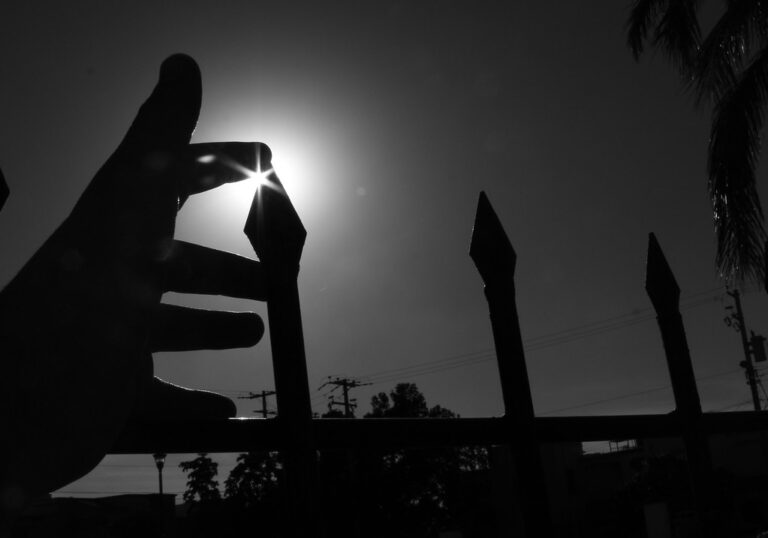Pinchara, a fundamental a part of various cultural heritages, includes with it a wealth of history, tradition, and importance. It has an effect on spans across extraordinary regions and communities, manifesting in unique approaches at the same time as preserving its middle essence. This article delves into the origins, cultural significance, conventional uses, and contemporary diversifications of pinchara, highlighting its enduring legacy and evolving position in cutting-edge society.
Historical Origins of Pinchara
The roots of pinchara trace again to historical civilizations wherein it became utilized for each sensible and ceremonial functions. Historical facts and archeological findings suggest that pinchara become prominently utilized in various forms, from normal equipment to elaborate ceremonial artifacts. Its creation regularly concerned difficult craftsmanship, symbolizing no longer handiest utility but also creative expression.
In many cultures, pinchara became related to certain rites of passage or considerable life occasions. For example, in a few indigenous tribes, the advent and use of pinchara had been connected to spiritual beliefs and rituals. The materials used, frequently locally sourced, and the strategies of crafting had been handed down through generations, keeping the conventional know-how and talents.
Cultural Significance and Symbolism
Pinchara holds deep cultural importance in many societies. It frequently embodies a connection to nature, network, and ancestry. In diverse cultures, the design and decoration of pinchara bring symbolic meanings, representing factors which includes fertility, safety, and prosperity.
The cultural practices surrounding pinchara are various. In some communities, it performs a central position in fairs and celebrations, serving as an image of communal identity and heritage. The making of pinchbara is occasionally observed through songs, dances, and stories, enriching its cultural context and perpetuating its importance via oral traditions.
Traditional Uses of Pinchara
Traditionally, pinchara has been used in a multitude of approaches, reflecting its versatility and importance. In normal lifestyles, it served sensible functions, from cooking and storage to searching and farming. The layout and function of pinchara varied consistent with the wishes and surroundings of the community, showcasing a terrific adaptability.
For example, in agricultural societies, pinchara could have been used to store grains or convey water, critical for daily sustenance. In looking communities, it can be crafted into gear or guns, crucial for survival. The utilitarian issue of pinchara did now not diminish its aesthetic cost; as an alternative, its beauty frequently enhanced its capability.
Evolution and Adaptation in Modern Times
With the advent of contemporary technology and globalization, the traditional uses of pinchara have advanced. However, in place of fading into obscurity, pinchara has tailored to contemporary contexts. Many artisans and groups have embraced modern-day substances and strategies whilst preserving the conventional essence of pinchara.
This edition is clear within the incorporation of pinchara-stimulated designs in current fashion, domestic décor, and art. The timeless attraction of pinchara’s complex styles and craftsmanship continues to encourage designers and artists worldwide. This combination of old and new guarantees that the legacy of pinchara remains colorful and applicable.
Pinchara in Contemporary Arts and Crafts
The have an impact on of pinchara in modern arts and crafts is profound. Artisans and architects regularly draw inspiration from conventional pinchara styles, adapting them to create particular, present-day pieces. This innovative fusion not only preserves the background of pinchara but also introduces it to new audiences.
In the realm of style, for example, pinchara motifs can be discovered in clothing, add-ons, and jewelry. These modern interpretations pay homage to the traditional designs at the same time as catering to modern tastes. Similarly, in domestic décor, pinchara-inspired items upload a hint of cultural richness and historical depth to trendy residing areas.
Preservation and Future Prospects
Preserving the culture of pinchara in the face of speedy modernization poses a significant assignment. However, diverse tasks are underway to make certain its survival. Cultural preservation programs, artisan cooperatives, and educational efforts play crucial roles in maintaining the culture of pinchara alive.
Moreover, the global appreciation of handcrafted, culturally giant items has given upward thrust to a renewed hobby in pinchara. As clients more and more value sustainability and authenticity, pinchara sticks out as a symbol of timeless craftsmanship and cultural heritage.
In end, pinchara embodies a rich tapestry of records, way of life, and artistry. Its adventure from ancient traditions to modern diversifications highlights its enduring relevance and versatility. By keeping and adapting pinchara, we no longer best honor our past however also enhance our present and destiny with its timeless beauty and importance.
